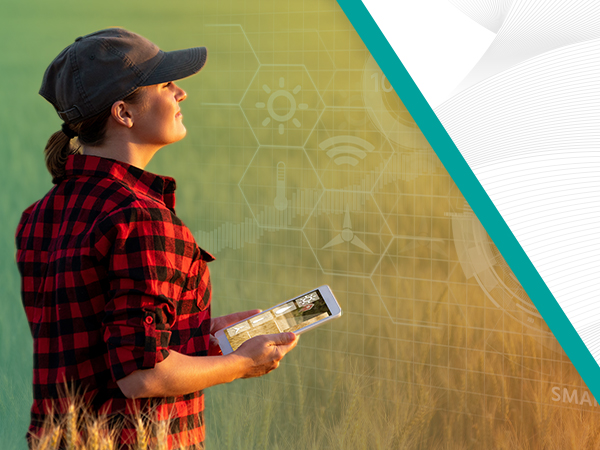Keep an Eye Out: New Trends in the AG Industry 2023 is rolling to an end, but industry advancements and changes remain …


For all its benefits around commerce, communication, and information availability, broadband is the preferred option for most current internet users. Its reach extends from households and restaurants to health centers and even government through means such as fiber optic, Wi-Fi, Digital Subscriber Line (DSL), and satellite. It is now deemed a vital tool for everyday operations in all imaginable contexts, where users can access critical information and connect to different resources faster than ever before.
VISCOSITY Gets Smart
VISCOSITY Oil has also made smart innovations and has some interesting tools specifically designed to monitor your equipment effectively. Our Everlub™ Solutions can provide the information you need to keep working in fluid motion and you can learn more about them by sending us your query in our contact section. You can also follow us on Instagram and Facebook to stay informed about all the products and innovations VISCOSITY Oil has for you.
RELATED ARTICLES
Harvesting Success: Crop Rotation and Cover Crops Crop rotation and the use of cover crops are key tools for sustainable farming practices …

